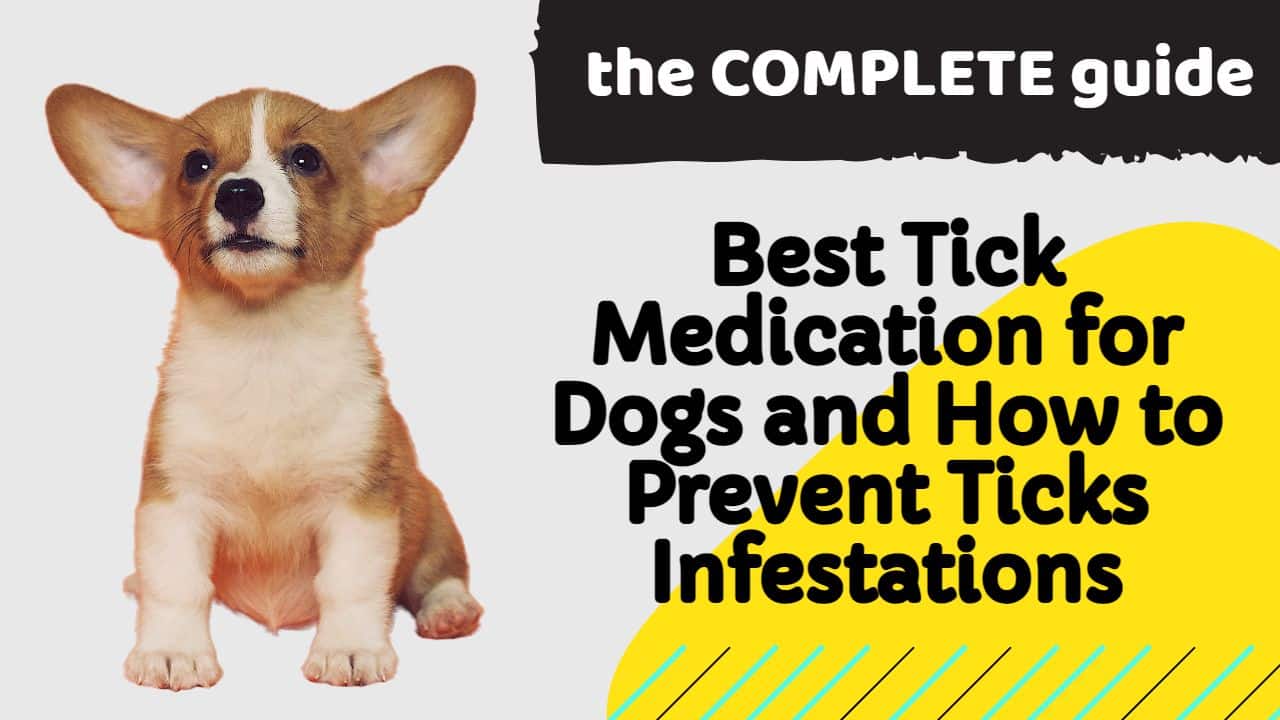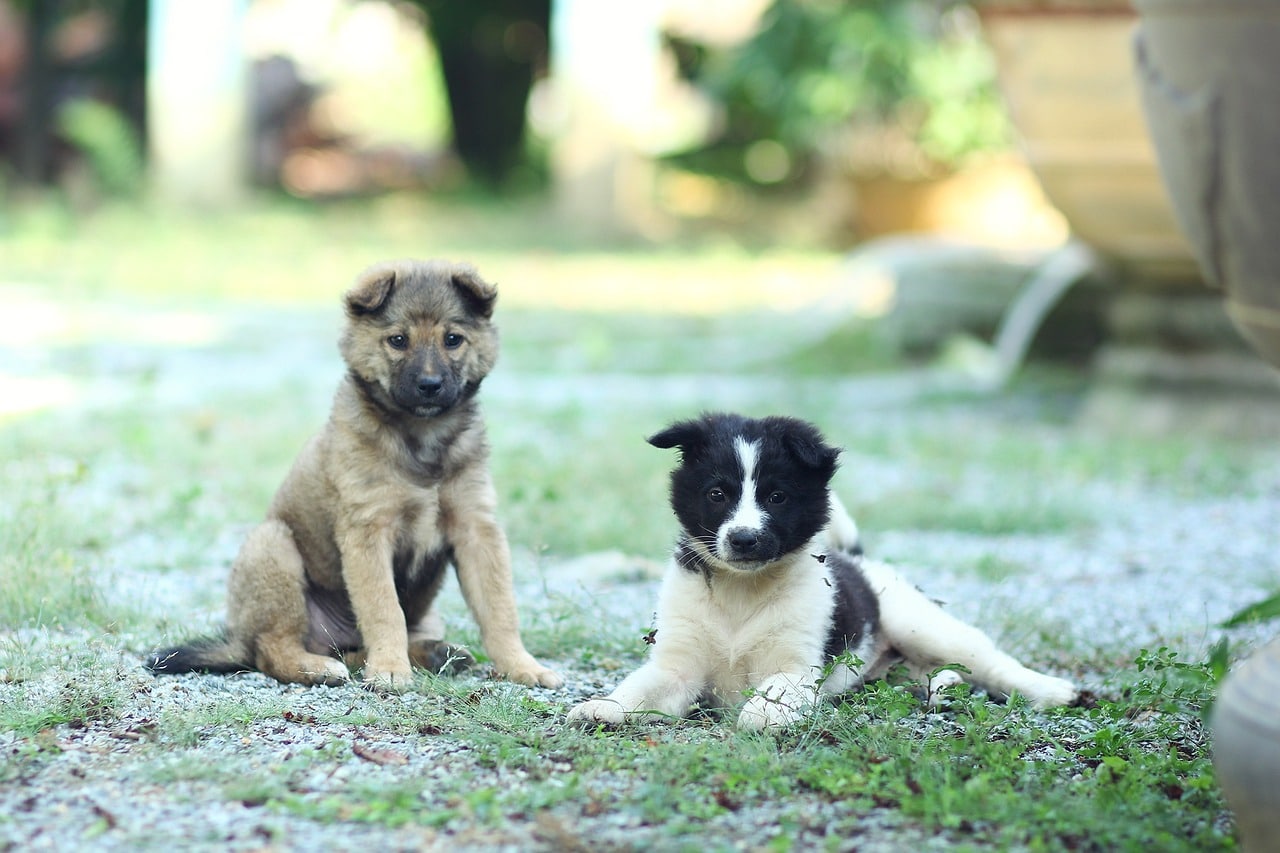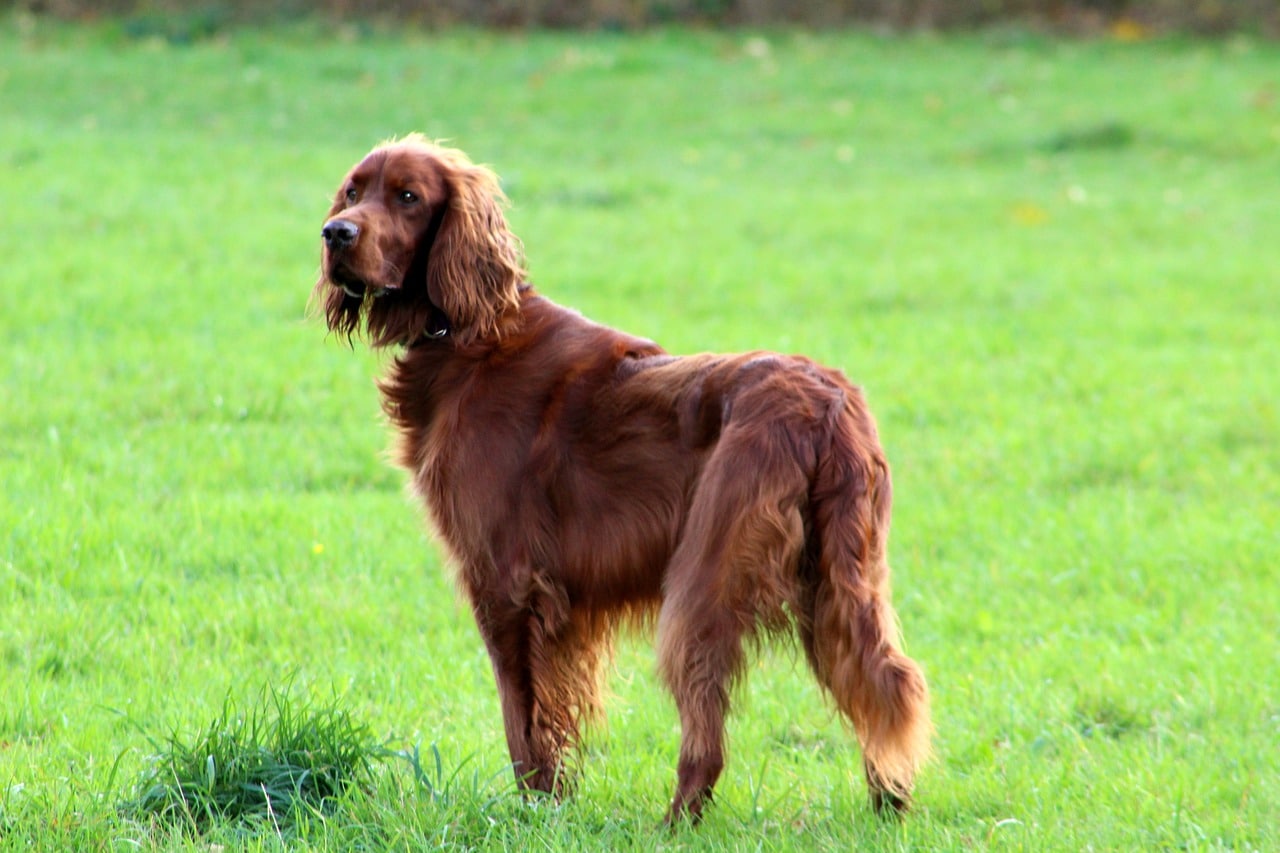What is a Tick Infestation?
Ticks are small arthropods that feed on the blood of mammals, birds, and reptiles. Ticks can be found in any type of environment and on any type of animal – including our beloved dogs.
A tick infestation is when a tick population has reached a level where they are causing a problem for their host.
This is usually due to the ticks having an abundance of hosts to feed on or the ticks being able to find hosts easily.
How to Prevent Ticks from Colonizing on Your Dog
Ticks live in the ground, bushes, and tall grass. As mentiond above, They feed on blood from mammals and birds.
The best way to prevent ticks from colonizing on your dog is to use a special pestisides for dogs, that repell ticks.
If you have a backyard, You can also spray it with a product that is labeled for ticks. This can be done as needed and will prevent ticks from nesting in your yard.
What are the Different Types of Ticks?
There are two types of ticks: hard ticks and soft ticks.
About Hard Ticks
Hard ticks have a hard shield-like plate on their back called a scutum that covers their head and abdomen to protect them from predators.
The scutum, or plate-like covering over the back of a hard tick, is typically made of a horny material with small pores.
This material secretes an oil that the hard tick uses to help it cling tightly to its host’s skin while feeding. If a hard tick is removed by rubbing, it can detach and fall off without having left any trace
They also have a pair of large, curved claws called chelicerae used to grasp onto hosts.
They can be identified by the dark brown color of their body, which is covered in thousands of small white spots.
The larvae are usually found in moist habitats where they wait for an animal or human host to pass by.
About Soft Ticks
Soft ticks do not have protective scutum covering their body like hard ticks do. Instead, they have a single claw that is used for digging into skin.
Soft ticks are typically not a serious threat to dogs. Most tick populations do not carry any diseases that can be transmitted to dogs.
However, they can still cause other complications like irritation or the transmission of parasites and bacteria.
These ticks are the most common type in North America, and they can be found on the ears, belly and legs of dogs.
What is the Best Tick Medication for Dogs? And Why You Should Be Using It.
Ticks are a very common problem for dogs. They transmit diseases as well as cause discomfort for the dog.
Many dog owners all around the world use Bravecto Chews. Bravecto chews is the company’s newest pet medication to control flea, tick and mosquito infestations.
Bravecto is an oral tablet that kills fleas and ticks for up to one month. Bravecto Chews are also used to control mosquitoes in dogs as well as cats.
The active ingredient in Bravecto, which comes in a chewable tablet form, is called fluralaner. Treatment with this medication takes effect within 30 minutes of administration.
What are the side effects of treatment with Bravecto?
Some side effects of Bravecto may include:
- vomiting
- drooling
- diarrhea
- shaking or shivering
- seizures and more.
But be afraid. The majority of dogs that get Bravecto on monthly basis do not show any side effects.
How to Eliminate all of Your Dog’s Ticks
A lot of people don’t know that ticks are not only found in the backyard and on the forest floor. They can also be found on your dog if they are out in the woods or if they have been anywhere near a grassy area. Ticks can carry diseases like Lyme disease, which is why it is important to get rid of them as soon as you see them. To remove all of your dog’s ticks, follow these steps:
- Take a clean, wet cloth and gently wipe down your dog’s back and head.
- When you have finished wiping, use an alcohol-dipped cotton ball to make sure all the ticks are removed from your dog’s coat
- Next, put some rubbing alcohol on a piece of gauze and rub it against the skin.


